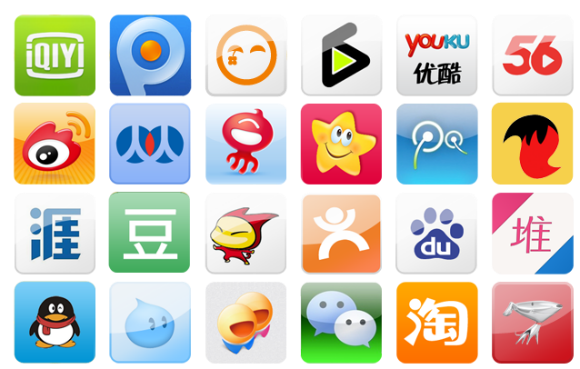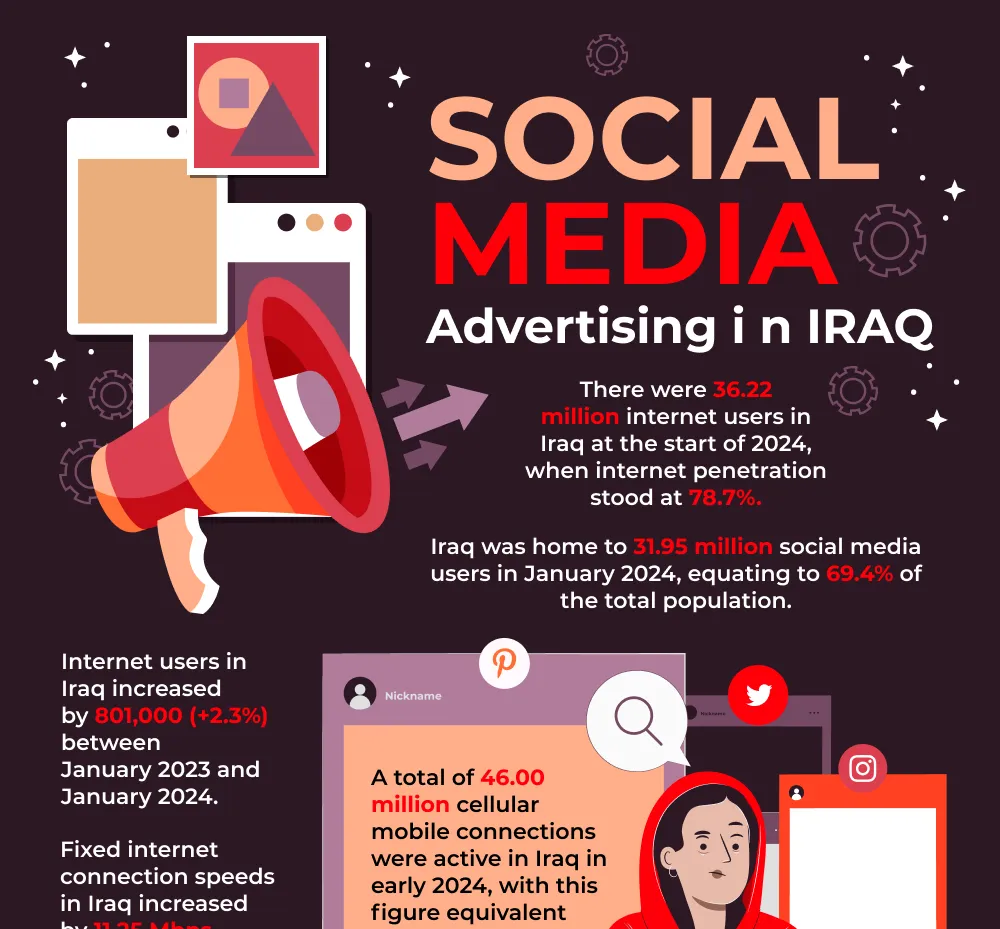Introduction
China's social media landscape is unique and dynamic, characterized by platforms and trends distinct from the rest of the world. With over a billion internet users, the country's digital ecosystem is vast and rapidly evolving. This article explores the current state of social media in China and its future trajectory, offering insights into popular platforms, user behaviors, and emerging trends.
China is a diverse market that significantly impacts the rest of the world. The social media trends in China are not just a method for people to stay in contact with one another, but these trends also account for the success of businesses and are one of the main methods that these businesses are utilizing to connect with consumers. Therefore, social media not only has to be looked at from a personal standpoint but from a business standpoint as well.
The Current Social Media Landscape in China
China's social media ecosystem is dominated by homegrown platforms shaped by government regulations and cultural preferences. Unlike the West, where Facebook, Twitter, and Instagram reign supreme, China's social media scene revolves around a different set of giants.
Popular Social Media Platforms
WeChat, developed by Tencent, is the most influential social media platform in China. With over a billion active users, it is an all-in-one app, combining messaging, social networking, and mobile payments. WeChat's "mini-programs" and "official accounts" enable businesses and influencers to engage directly with users.
Weibo, often called China's Twitter, is a microblogging platform with over 500 million monthly active users. It's a major hub for news, entertainment, and celebrity culture. Weibo's open nature allows for widespread dissemination of content and public discourse.
Douyin
Douyin, known internationally as TikTok, is a short video platform that has taken China by storm. With its engaging and algorithm-driven content, Douyin attracts hundreds of millions of daily active users. It's a key player in the entertainment and e-commerce sectors.
Xiaohongshu (Little Red Book)
Xiaohongshu is a social commerce platform blending social media with e-commerce. Users share product reviews and recommendations, making it a go-to app for lifestyle and shopping insights. Its community-driven approach resonates particularly with younger users.

Kuaishou
Kuaishou, a competitor to Douyin, is another popular short-video platform. It emphasizes user-generated content from a broader demographic, including rural and smaller city users, offering a different slice of Chinese digital life.
Key Trends in Chinese Social Media
Livestreaming
Livestreaming has become a cornerstone of China's social media, particularly in e-commerce. Platforms like Taobao Live and Kuaishou Live allow influencers and brands to sell products directly to viewers in real-time, creating an interactive shopping experience.
Social Commerce
Social commerce integrates social media and online shopping seamlessly. Apps like WeChat and Xiaohongshu enable users to discover, review, and purchase products within the platform, streamlining the consumer journey from discovery to purchase.
Short-Video Content
Short-video content is incredibly popular, with Douyin and Kuaishou leading the charge. These platforms leverage powerful algorithms to deliver personalized content, keeping users engaged for extended periods.
Augmented Reality (AR) and Virtual Reality (VR)
AR and VR technologies are gaining traction in China’s social media. From virtual try-ons to immersive experiences, these technologies enhance user engagement and offer innovative ways to interact with products and content.
Influencer Marketing
Influencer marketing is a significant component of social media strategies in China. Key Opinion Leaders (KOLs) and micro-influencers play crucial roles in shaping consumer behavior and driving brand awareness.
Regulatory Environment
The Chinese government maintains strict regulations over social media, influencing content moderation and platform operations. Recent regulations emphasize data privacy, cybersecurity, and the need for platforms to prevent the spread of misinformation and harmful content.
Future Prospects of Social Media in China
Increased Integration of AI
Artificial Intelligence (AI) will continue to play a crucial role in the evolution of social media. AI-driven content recommendations, chatbots, and enhanced user experiences will become more prevalent.
Expansion of Social Commerce
Social commerce is expected to grow even further, with more seamless integrations between social platforms and e-commerce. Enhanced payment systems and logistics networks will support this growth using social media.
Rise of New Platforms
As user preferences evolve, new platforms and formats will emerge in social media. The success of platforms like Douyin and Xiaohongshu indicates that the market is open to innovation and new ways of engagement.
Greater Focus on Data Privacy
With an increasing global focus on data privacy, Chinese social media platforms must enhance their data protection measures. Compliance with regulations will be critical to maintaining user trust and avoiding penalties.
Global Influence
Chinese social media platforms are increasingly looking to expand their influence globally. Apps like TikTok (Douyin) have already made significant inroads into international markets, setting the stage for further global expansion.
Conclusion
The social media landscape in China is both vibrant and complex, driven by unique platforms and innovative trends. As technology continues to evolve, so too will how Chinese users interact with social media. The future holds exciting possibilities, from enhanced AI integration to the continued growth of social commerce. Understanding these dynamics is crucial for anyone looking to engage with the Chinese digital ecosystem. For more, you can visit Campaign Asia.
FAQs

What are the most popular social media platforms in China? WeChat, Weibo, Douyin (TikTok), Xiaohongshu (Little Red Book), and Kuaishou are among the most popular social media platforms in China.
How does social commerce work in China? Social commerce in China integrates social media and e-commerce, allowing users to discover, review, and purchase products within the same platform. WeChat and Xiaohongshu are prominent examples.
What role do influencers play in Chinese social media? Influencers, or Key Opinion Leaders (KOLs), are pivotal in shaping consumer behavior and driving brand awareness. They also significantly impact marketing strategies and sales.
How does the regulatory environment affect social media in China? The Chinese government imposes strict regulations on social media, focusing on data privacy, cybersecurity, and content moderation. Compliance is essential for platform operations.
What future trends can we expect in China's social media landscape? Future trends include increased AI integration, social commerce expansion, the rise of new platforms, a greater focus on data privacy, and the growing global influence of Chinese social media apps.









